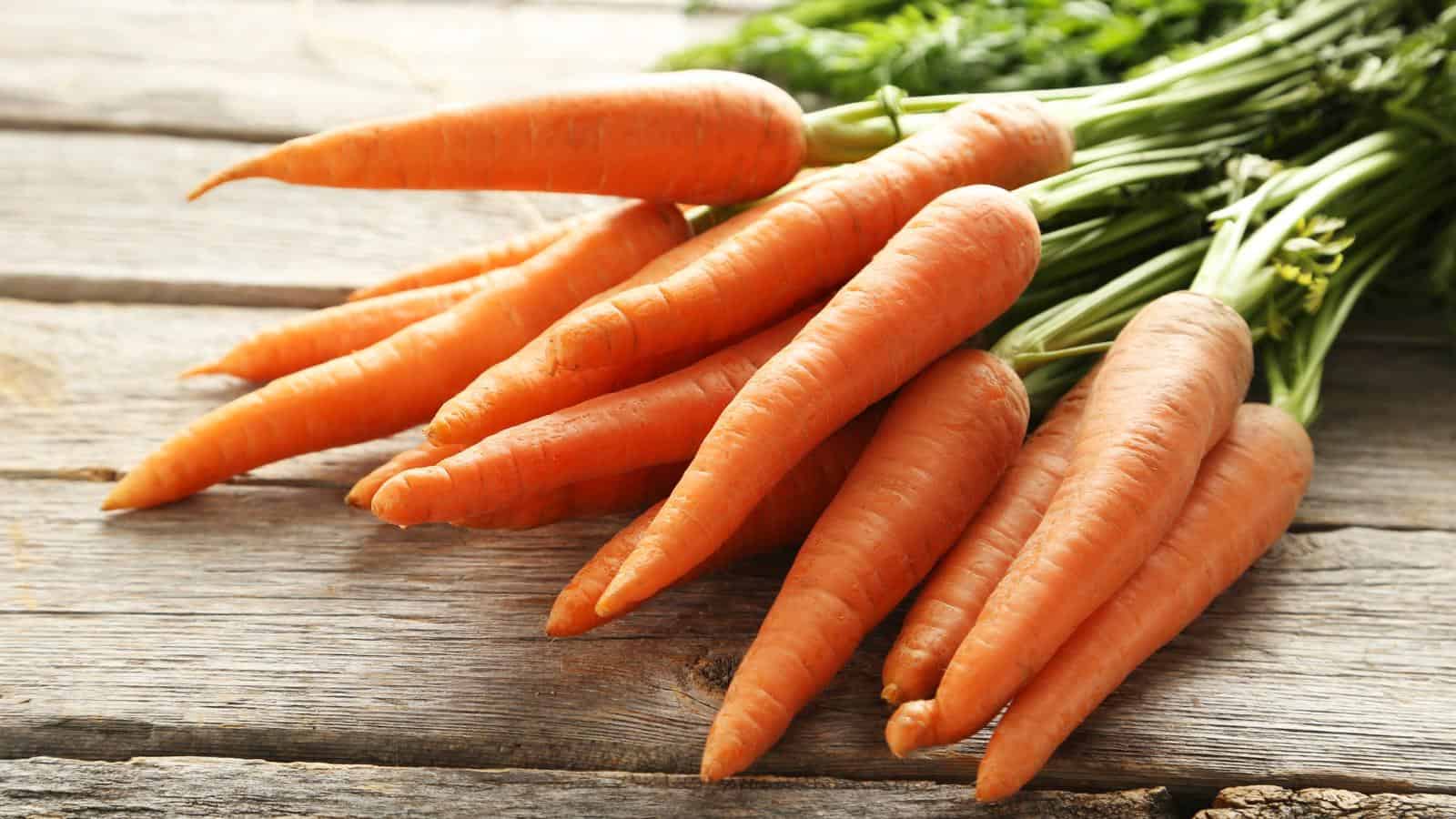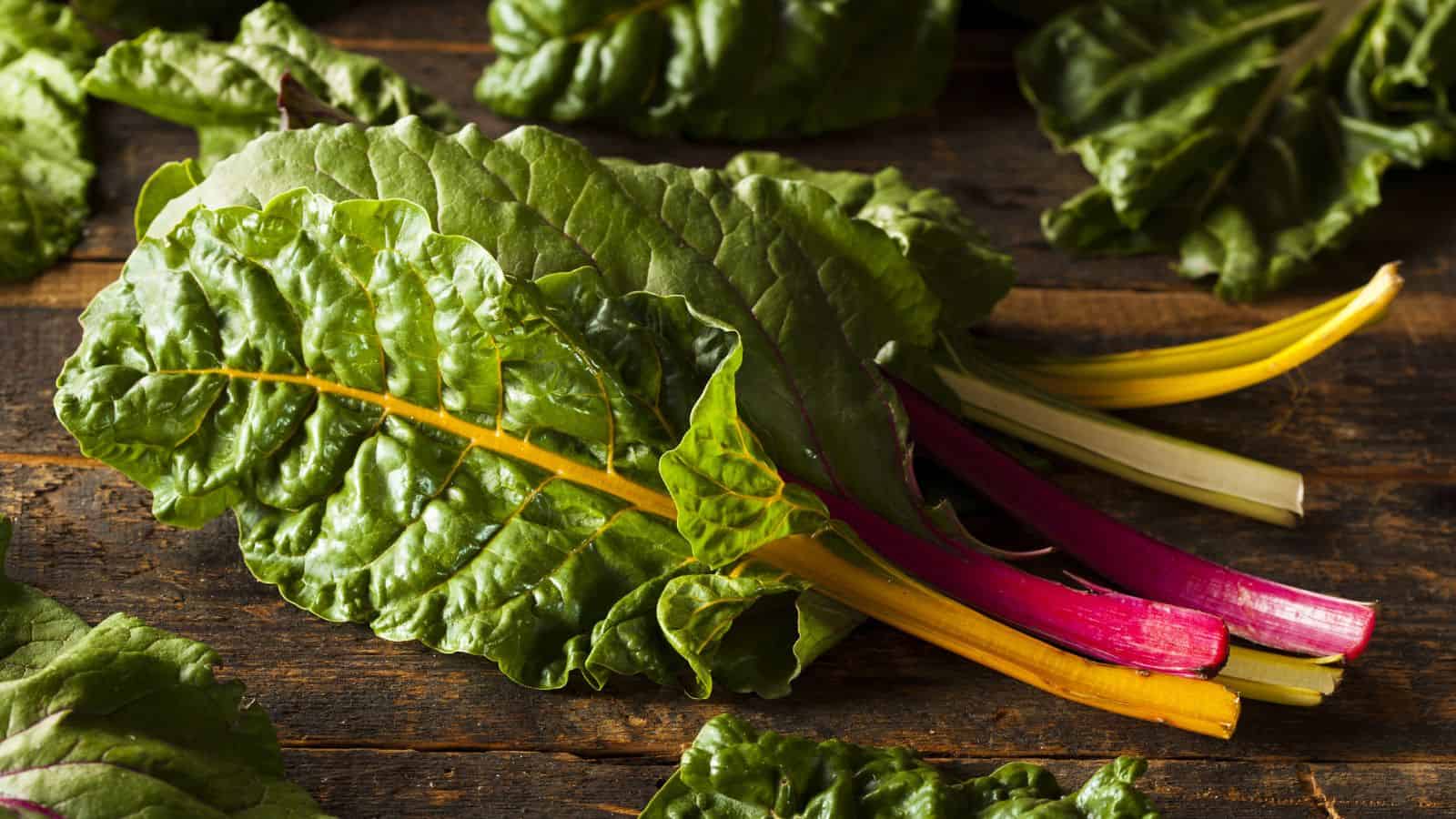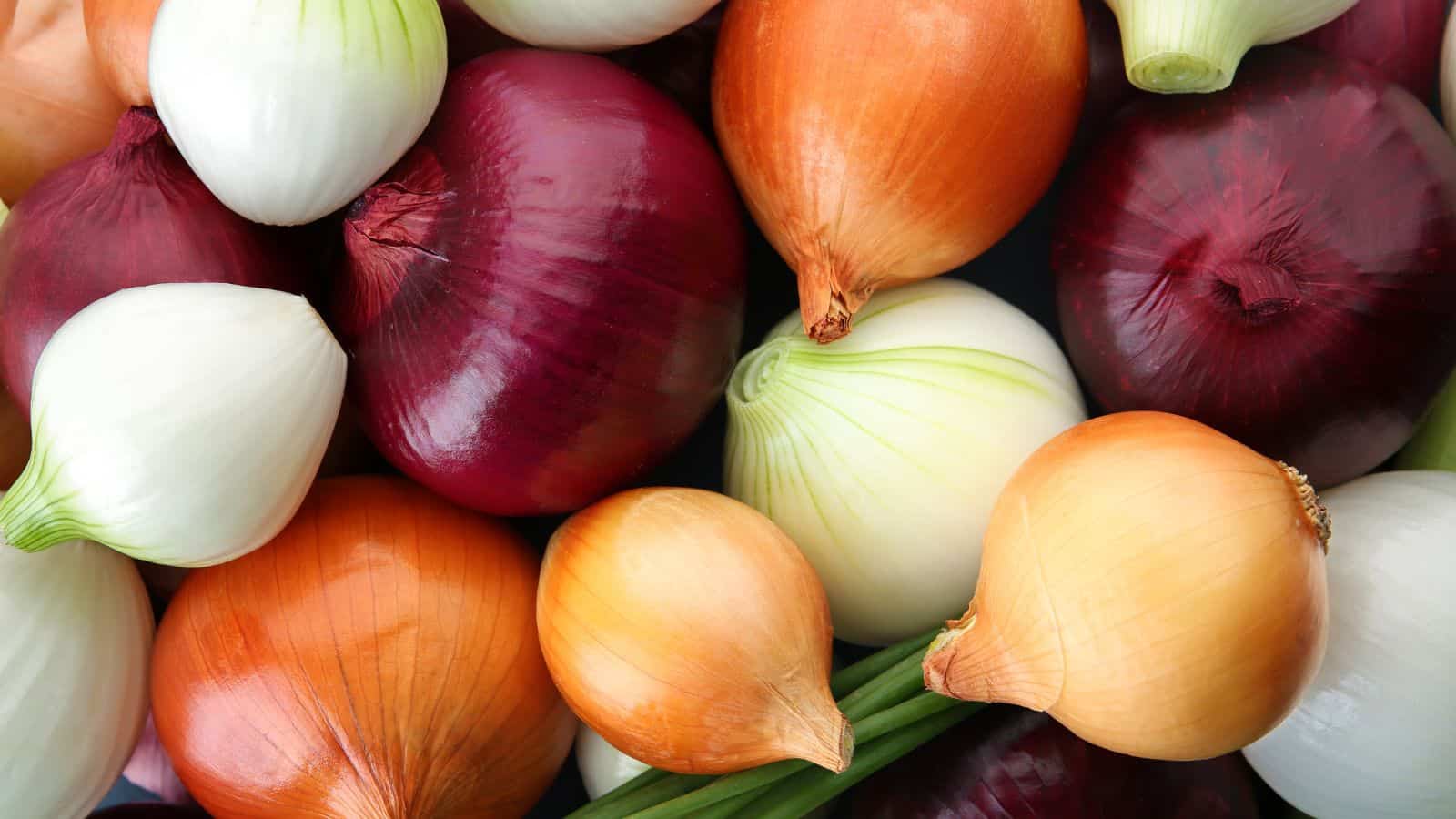All fruits and vegetables have a diverse range of health benefits to offer. However, not all veggies are created equally. If you’ve ever wondered which vegetables science says are the most nutritious, we’ve got you covered. This list reveals the 18 healthiest vegetables, according to nutritionists.
Spinach

Spinach is an incredible vegetable that is high in vitamins A, C, and K, as well as being rich in iron, magnesium, and manganese. This makes it a perfect option for vegans looking to up their iron intake. It’s also very low in calories and helps support immune function, eye health, and bone health.
Kale

The Mayo Health Clinic calls kale a nutritional superstar thanks to its impressively high levels of vitamins A, B6, F, and C, as well as fiber, folate, manganese, and carotenoids. This leafy green can also help lower cholesterol and may even have anti-cancer properties.
Broccoli

There’s a good reason why broccoli is always mentioned during discussions of the healthiest foods you can eat. This amazing vegetable is full of vitamins C and K, along with high amounts of fiber, antioxidants, and potassium.
Brussels Sprouts

Brussels sprouts may have a bad reputation in some areas, but we think it’s about time that changed. These little green balls are packed with fiber, ALA omega-3 fatty acids, and antioxidants. They also have a healthy dose of vitamins C and K.
Sweet Potatoes

Sweet potatoes are both delicious and healthy, being rich in beta-carotene, vitamins B6 and C, and potassium. They’re also incredibly versatile in recipes, making them a great daily veggie to add to your diet if you’re looking to increase your fiber and vitamin intake.
Beets

Beets are a great source of potassium, folate, manganese, and fiber. They also contain antioxidants to help reduce inflammation and support liver health, as well as nitrates that may lower blood pressure and improve blood flow.
Carrots

According to Healthline, 100 grams of cooked carrots contain an impressive 8,279 micrograms of beta-carotene, which is essential for supporting your skin, eye, and lung health. Carrots are also high in fiber, potassium, antioxidants, and vitamin K.
Garlic

Garlic is famous for its ability to boost your immunity and help fight common cold symptoms. It contains bioactive compounds with medicinal properties and has also been linked to lower cholesterol and blood pressure levels.
Swiss Chard

Swiss chard is a colorful vegetable that adds both visual flair and nutritional benefits to your meal. It is packed with vitamins A, C, and K and also has high amounts of magnesium, antioxidants, and manganese.
Green Peas

Green peas are a surprisingly good source of plant-based protein and fiber, which is why pea protein is often included in vegan protein powder. Peas are also rich in vitamins A, C, K, and several B vitamins and contain saponins, which may help fight against cancer.
Asparagus

Asparagus is an often-underrated vegetable that is both uniquely tasty and full of essential vitamins and minerals. It contains high amounts of vitamins A, C, E, and K and has both antioxidant and anti-inflammatory properties. Asparagus can also be a good choice for pregnant women, as it has an especially high folate content.
Red Cabbage

Red cabbage has it all: a vibrant, attractive color, a satisfying crunch, and a diverse range of vitamins and health benefits. This incredible veggie is full of vitamins C and K and is high in antioxidants and anthocyanins. It also has anti-inflammatory properties and may help protect against heart disease.
Cauliflower

Cauliflower may seem mild and unassuming, but don’t let that fool you. This cruciferous vegetable is packed with folate and vitamins C, K, and B6. Its low calorie count and versatility also mean you can use it in a wide variety of dishes.
Avocado

As stated by the Mayo Clinic, avocados are rich in healthy fats that can help support your heart health and maintain healthy cholesterol levels. They are also high in vitamins C, E, K, and B6, alongside other nutrients such as potassium and fiber.
Tomatoes

Tomatoes are incredibly popular due to their versatility in cooking, tangy taste, and crunchy texture. If you’re a fan of this vibrant veggie, you’ll be happy to know that it’s also incredibly healthy, with high amounts of vitamin C, vitamin K, potassium, folate, and antioxidants.
Bell Peppers

Bell peppers are a great source of vitamin A, vitamin C, folic acid, fiber, and potassium. Their high antioxidant content could also help reduce one’s risk of chronic diseases. As you probably know, bell peppers are available in many colors with different flavor profiles, making them even more versatile and visually appealing.
Mushrooms

Mushrooms are unique and flavorful vegetables with high amounts of vitamin D, selenium, potassium, niacin, and riboflavin. They are famous for their umami flavor and versatility. According to the National Library of Medicine, they may also help boost one’s immune system and protect against cell and tissue damage.
Onions

As well as being highly flavorful and versatile, onions are packed with vitamins and other nutrients, including vitamins C and B6, potassium, and prebiotic fiber. This makes them a great option for supporting digestive health and potentially improving one’s heart health and blood sugar levels.
Read More: 17 Things Society Can No Longer Do Because Gen Z Said So

Gen Z, our digital-native, trendsetting generation, is making waves in the cultural sea, steering the ship of societal norms in fresh and unexpected directions. As they charter new territories, there are certain practices they’d rather we say goodbye to. Curious? Let’s take a look at 17 things the rest of us can no longer do because Gen Z said so.
17 Things Society Can No Longer Do Because Gen Z Said So
19 Big Mistakes People Make After Losing a Spouse

Losing a spouse is one of life’s most tragic experiences, and when we’re overwhelmed by grief, we might make some decisions that we’ll later regret. Here are 19 mistakes people make after losing their spouse.
19 Big Mistakes People Make After Losing a Spouse
20 Time-Honored Practices Our Grandparents Followed That We Should Bring Back

Our grandparents had a far simpler life. There was no such thing as social media. Instead, there was more walking and meals were always fresh and homemade. With so many things keeping us busy nowadays, sometimes life would seem much easier if we lived the way our grandparents did.
20 Time-Honored Practices Our Grandparents Followed That We Should Bring Back
19 Common Behaviors of Highly Intelligent People

Intelligent individuals often display a range of behaviors and qualities that set them apart from others. When exploring these characteristics, it’s crucial to comprehend that intelligence is a multifaceted attribute. Here are 19 essential behaviors and qualities frequently observed in highly intelligent people.
19 Common Behaviors of Highly Intelligent People
17 Things We Were Taught in High School That We Now Know Aren’t True

Well, this one may depend on when you went to high school, but for this millennial, these are the things we were taught in high school that have been proven not to be true. Personally, I still want to go back and correct every teacher who told me I wouldn’t always have a calculator in my pocket; the joke is on them.
17 Things We Were Taught in High School That We Now Know Aren’t True
